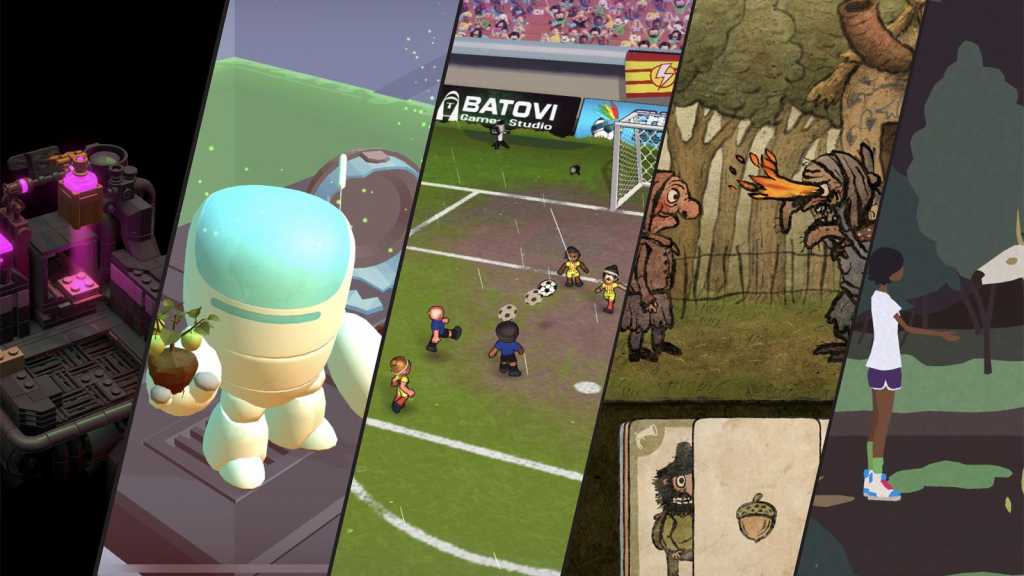This article explores the secrets behind creating stunning 2D and 3D graphics in games. Game designers start by creating a visual design that establishes the look and feel of the game. In 2D graphics, designers create visually appealing backgrounds and characters that belong in the game world. In 3D graphics, designers create fully-realized worlds that players can explore in detail through the use of modelling, lighting, and texturing. As technology advances, game designers will have more tools to create immersive, visually stunning gaming experiences while finding innovative ways to balance aesthetics with functionality.
Unlocking the Secrets of Creating Stunning 2D and 3D Graphics in Games
Introduction
Video games have come a long way over the past few decades. The technology behind the graphics has improved dramatically, resulting in a wide range of stunning games. Whether you’re an avid gamer or just enjoy playing casual games on your phone, you’ve probably wondered how these graphics are created. In this article, we’ll explore some of the secrets behind creating stunning 2D and 3D graphics in games.
Creating the Visual Design
One of the first steps in creating stunning graphics for a game is to create a visual design. This is where the overall look and feel of the game are established. It can be challenging to find a balance between creating something that’s visually impressive and something that’s also functional and easy to navigate.
Many game designers will begin by sketching out their ideas on paper, starting with rough drafts and concepts, and they’ll continue to refine the design as they go. Once the designers have an idea of what they want their final product to look like, it’s time to start developing the graphics.
Using 2D Graphics in Games
2D graphics have come a long way since the days when games consisted of simple, flat images. Today, game designers can create incredibly detailed, dynamic 2D graphics that pull players into the game world. Some of the essential elements of creating these graphics include:
Backgrounds
One of the key elements in 2D game design is creating backgrounds that are visually appealing, but not too distracting. Many games will use simple patterns, landscapes, or other basic designs, while others rely on more complex, detailed backgrounds. The key is to create a background that sets the mood and tone of the game, without overwhelming the player’s senses.
Characters and Objects
Another important aspect of 2D graphics in games is creating characters and in-game objects that look and feel like they belong in the world they inhabit. These might include things like weapons, vehicles, or other interactive elements, as well as any characters that the player may interact with. By creating characters and objects that feel cohesive with the game world, designers can create a more engaging and immersive experience for players.
Creating 3D Graphics in Games
While 2D games can be visually stunning, 3D graphics take things to a whole new level. With 3D graphics, designers can create fully-realized worlds that players can explore in great detail. Creating these graphics is a complex process, but some of the essential elements include:
Modelling
3D modelling is the process of creating three-dimensional shapes and objects using digital software. Game designers will often start by creating a rough sketch or concept of the object they want to make, before creating the final 3D model. Once the model is created, it can be manipulated in various ways to add textures, colour, and other details.
Lighting and Shadowing
Lighting and shadowing are crucial elements in creating convincing 3D graphics. By using lighting and shadowing, game designers can create the illusion of depth, making objects appear as though they exist in a three-dimensional space. This can be done in a variety of ways, such as through the use of shadows, reflections, and other visual cues.
Texturing
Texturing is the process of adding colour and texture to 3D models. This can be done in a variety of ways, such as through the use of digital painting, mapping textures onto objects, or creating custom textures from scratch. Texturing is essential in creating objects and environments that look realistic, and it can help to bring the game world to life.
The Future of Graphics in Games
As technology continues to advance, the possibilities for creating stunning graphics in games will only continue to grow. From advancements in virtual and augmented reality to improvements in 3D scanning and modelling, game designers will have more tools than ever before to create immersive, engaging gaming experiences. Game designers will also need to continue to find innovative ways to create graphics that are visually stunning and functional.
Conclusion
Creating stunning graphics in games is a complex and challenging process, but it’s also one of the most exciting aspects of game design. From creating rich 2D backgrounds to modelling complex 3D environments, game designers must balance aesthetics with functionality to create games that are immersive, engaging, and visually stunning. As technology continues to evolve, the possibilities for creating stunning graphics in games will only continue to grow.
